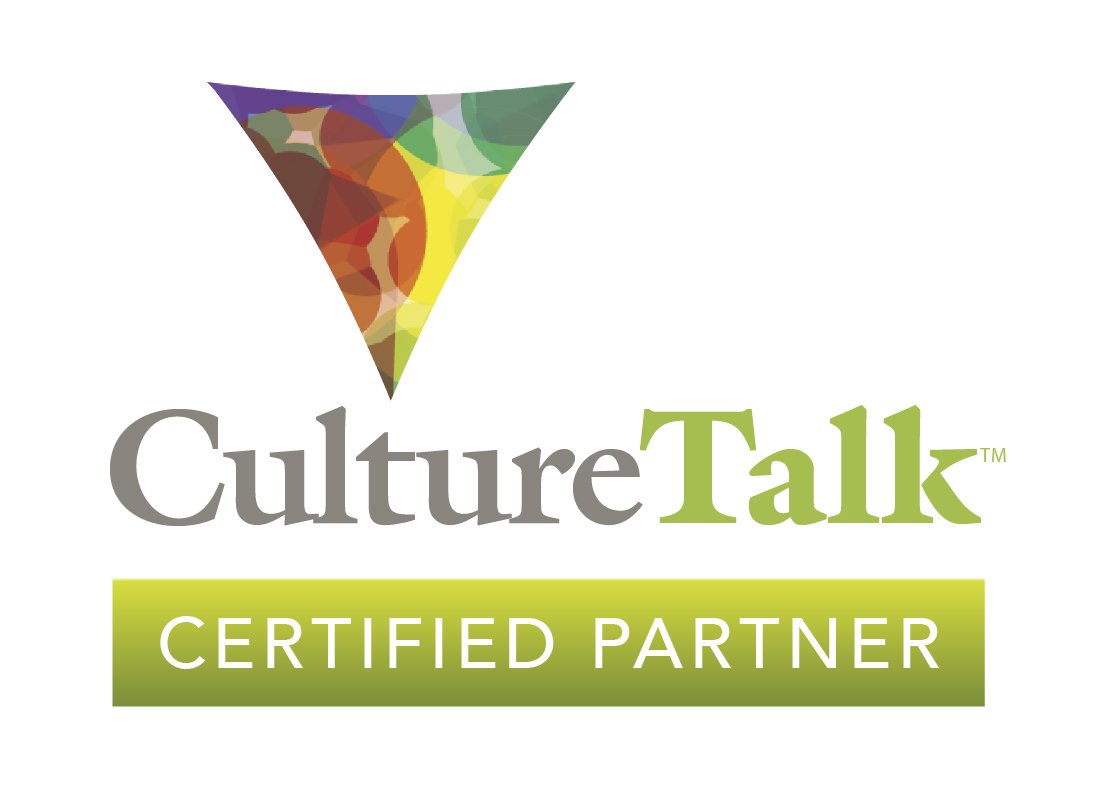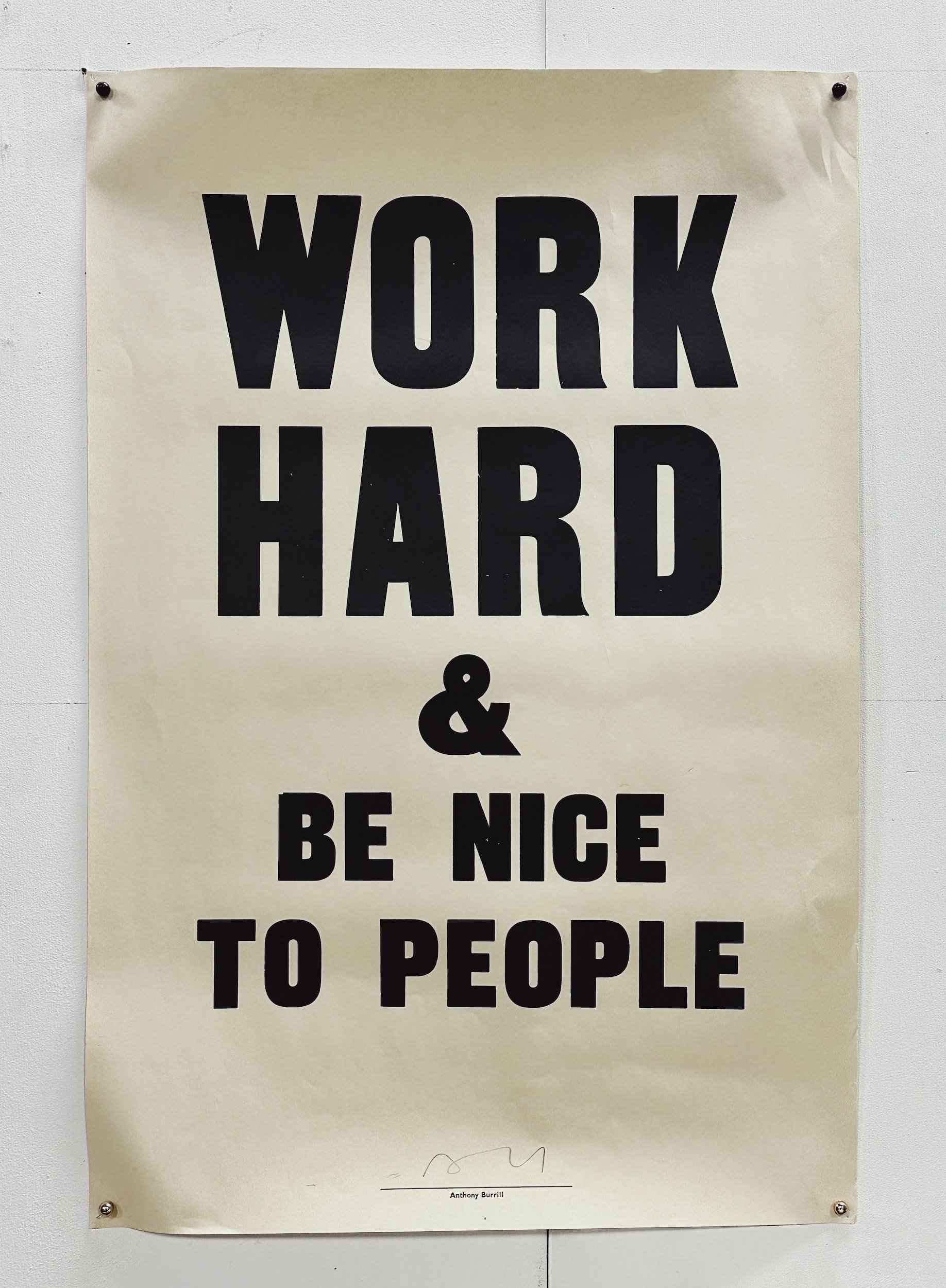
Celebrating International Women’s Day
International Women's Day (IWD), Friday, 8th March 2024, to celebrate the social, economic, cultural, and political achievements of women worldwide, while also advocating for gender equality and women's rights. It serves as a reminder of the ongoing need to challenge gender biases, discrimination, and inequalities that women face in various spheres of life.

Emirati Women’s Day: History
Sheikha Fatima bint Mubarak, known as the "Mother of the Nation," and holding significant positions such as Chairwoman of the General Women's Union (GWU), President of the Supreme Council for Motherhood and Childhood, and Supreme Chairwoman of the Family Development Foundation (FDF), revealed the theme for this year's Emirati Women's Day, which is observed on August 28.
"We Collaborate for Tomorrow" is an invitation. An invitation to brainstorm, to team up, and to believe that together, we can build a brighter, more sustainable future.

Emirati Women’s Day 2023
Sheikha Fatima bint Mubarak, known as the "Mother of the Nation," and holding significant positions such as Chairwoman of the General Women's Union (GWU), President of the Supreme Council for Motherhood and Childhood, and Supreme Chairwoman of the Family Development Foundation (FDF), revealed the theme for this year's Emirati Women's Day, which is observed on August 28.
"We Collaborate for Tomorrow" is an invitation. An invitation to brainstorm, to team up, and to believe that together, we can build a brighter, more sustainable future.

Leveraging Diversity for Enhanced Team Performance
In today's rapidly evolving work landscape, embracing diversity is not just a buzzword; it's a strategic imperative. Leveraging diversity for enhanced team performance involves creating an inclusive environment that values and embraces the unique perspectives, skills, and experiences of team members. When diversity is effectively harnessed, it can lead to improved creativity, problem-solving, decision-making, and overall team effectiveness. Let's explore some strategies to make diversity work for your team and organization

Talking about Gender: Building an Inclusive World
In a world where diversity and equality are the keystones of progress, understanding and discussing gender takes center stage. They're not just conversations; they're the keys to unlocking a more equitable and inclusive society. Join us as we explore the profound impact of gender on our lives, from challenging harmful stereotypes to empowering self-identity. Discover how these discussions lead the charge for social justice, break down barriers, and light the way toward a brighter, more accepting future for all.

Diversity: Gender Identity and Sexual Orientation
Gender identity refers to a person's deeply held sense of their own gender, which may or may not align with the sex they were assigned at birth. It is an internal and personal experience of one's own gender, and each individual may have a unique understanding of their gender identity.
Sexual orientation refers to a person's enduring pattern of emotional, romantic, and/or sexual attractions to individuals of the same and/or different gender. It is about who a person is attracted to and forms emotional and/or sexual relationships with.

Microaggressions Limit the Leadership of Women
Microaggressions are subtle, often unintentional, verbal or nonverbal behaviors, actions, or comments that communicate derogatory or negative messages towards individuals based on their membership in a marginalized group, such as race, gender, sexual orientation, or disability. These actions can reinforce stereotypes, perpetuate bias, and create a hostile or unwelcoming environment for those who experience them.
Microaggressions can manifest in various ways and can be categorized into three common forms:
Microassaults: These are explicit and deliberate acts of discrimination or derogation. They can include using racial slurs, making derogatory comments about someone's gender or sexual orientation, or displaying overtly prejudiced behavior.
Microinsults: These are subtle, often unintentional, behaviors or comments that demean or invalidate an individual's identity or experiences. Examples include dismissing someone's opinion or expertise based on their gender, making assumptions about someone's abilities or skills due to their race, or making backhanded compliments that reinforce stereotypes.
Microinvalidations: These are actions or comments that negate or disregard an individual's experiences, feelings, or identity. They can include denying the existence of discrimination or dismissing someone's concerns by suggesting they are being too sensitive or overreacting. For example, saying, "I don't see color; we are all the same" denies the unique experiences and challenges faced by people of different racial backgrounds.

Global Diversity: A Snapshot
Global diversity refers to the wide range of biological, cultural, and social variations that exist among the people and ecosystems around the world. It encompasses the rich array of species, languages, religions, ethnicities, traditions, and perspectives that make our planet vibrant and dynamic. The value of a changing world lies in the benefits and opportunities it offers to individuals, societies, and the planet as a whole.

Barriers to Inclusive Leadership: Limiting Beliefs
In the context of inclusive leadership, being an upstander is critical. Rather than standing by when injustices and discrimination occur, standing up requires leadership. Barriers to leadership can come from limiting beliefs like “I cannot make a difference” or “I do not have what it takes to be of value.” Limiting beliefs are important to distinguish and overcome in order to experience your fullest leadership potential.

When Hiring is Frozen: “Do More With Less” is Not the Answer - Cultural Change is!
Telling employees to "do more with less" can be a counterproductive and demotivating approach to dealing with hiring freezes or other resource constraints. Instead of telling employees to do more with less, organizations should explore other solutions to hiring freezes or resource constraints. Making cultural change to increase efficiency can be a complex and challenging process and beneficial as well.

Unconscious Bias: An Introduction
Unconscious bias refers to the stereotypes and prejudices that individuals hold unconsciously, which can affect their decisions and actions towards others.
The relevance of unconscious bias is significant. Firstly, it is important to acknowledge that different cultures and backgrounds can influence an individual's biases. These biases can lead to discriminatory behavior and unequal treatment, which can negatively impact employees' morale and productivity. To elaborate on this point, it is essential to understand that an individual's background, experiences, and cultural upbringing can shape their worldview and influence their biases. For example, a person who grew up in a society with a strong emphasis on gender roles may unconsciously hold biases toward certain gender identities. Similarly, a person who has had limited exposure to other cultures may hold stereotypes and prejudices towards individuals from different cultural backgrounds.
These biases can manifest in discriminatory behavior and unequal treatment, which can negatively impact employees' morale and productivity. When individuals feel that they are being treated unfairly or differently based on factors such as their race, gender, or cultural background, it can lead to feelings of frustration, demotivation, and even resentment. This can ultimately affect their performance at work and impact the overall productivity of the organization.

Inclusive Leadership: Self-Assessing on the 6 C’s
In the context of inclusive leadership, self-assessment is especially important. Inclusive leadership requires a high level of self-awareness and the ability to recognize and address personal biases and prejudices. By engaging in self-assessment, you can identify areas where you may need to improve your inclusive leadership skills and take action to become a more effective and inclusive leader.

Inclusive Leadership: The 6 C’s
Inclusive leadership is a style of leadership that values and actively seeks out diversity, and creates an environment where all individuals feel valued, respected, and heard.
It recognizes the unique strengths and perspectives that each person brings, and seeks to create a work environment where everyone has an equal opportunity to succeed.

Measuring for Inclusiveness: Possible Questions to Ask
Including specific questions in an employee engagement survey is an effective way to gather feedback from employees about their experiences of inclusiveness in the workplace. By asking questions that are focused on inclusiveness, organizations can get a more detailed and nuanced understanding of how employees perceive the workplace culture and where they may need to improve their inclusiveness efforts.
The specific questions suggested in the previous answer are designed to assess various aspects of inclusiveness, such as psychological safety, diversity and inclusion training, fairness and equity, and opportunities for growth and advancement. Each question is focused on a different aspect of inclusiveness and can provide valuable insights into employees' experiences and perceptions.

Dimensions of Diversity
The categories of dimensions of diversity can vary depending on the framework or model being used, but one common categorization includes social, organizational, and personal dimensions. Dimensions of diversity are interconnected and can influence how individuals perceive themselves and others, as well as how they interact with one another. Understanding and embracing these dimensions is essential for creating an inclusive workplace culture where everyone feels valued, respected, and empowered to bring their whole selves to work.

The Value of Inclusiveness: Insightful Statistics
An inclusive leadership style is not only great for creating a positive and welcoming work environment, but it also delivers solid business results. When leaders prioritize inclusivity, they create a workplace where everyone feels valued, supported, and empowered to contribute their best work. This leads to increased innovation, creativity, and productivity.
Furthermore, an inclusive culture helps to attract and retain top talent. In today's increasingly diverse and interconnected world, employees are looking for workplaces that reflect their values and embrace diversity. By creating a culture of inclusivity, leaders can attract a wider pool of talented candidates and retain their best employees.

Valuing Diversity, Equity, and Inclusion: Understanding Microaggressions
It's important to note that microaggressions can take many forms, and it's essential to educate ourselves and actively work to avoid perpetuating them in order to create a more inclusive and equitable society. Microaggressions are subtle or indirect forms of discrimination, prejudice, or negative behavior that are often unintentional or unconscious. These can be expressed through words, actions, or behaviors that marginalize, belittle, or insult individuals based on their race, ethnicity, gender, sexual orientation, disability, or other characteristics.

Inclusive Leadership: The Role of Board Members
Inclusive leadership is a style of leadership that values and actively seeks out diversity, and creates an environment where all individuals feel valued, respected, and heard.
It recognizes the unique strengths and perspectives that each person brings, and seeks to create a work environment where everyone has an equal opportunity to succeed.

Valuing Diversity, Equity, and Inclusion: Employee Retention
Most employers express the desire to have a diverse, inclusive workplace and often do not realize how critical it is to pay attention to communication. What holds most organisations back is a complex web of systemic, cultural, and structural issues that must be understood before they can be overcome.

Valuing Diversity: Expand Awareness, Train Your Team
One way to expand awareness and train your team is to provide ongoing training and education on diversity and inclusion. This can include workshops, webinars, seminars, and other forms of training that focus on topics such as: Intersectionality, Unconscious bias, Cultural competency, Inclusive language and communication, Accessibility, and Representation

